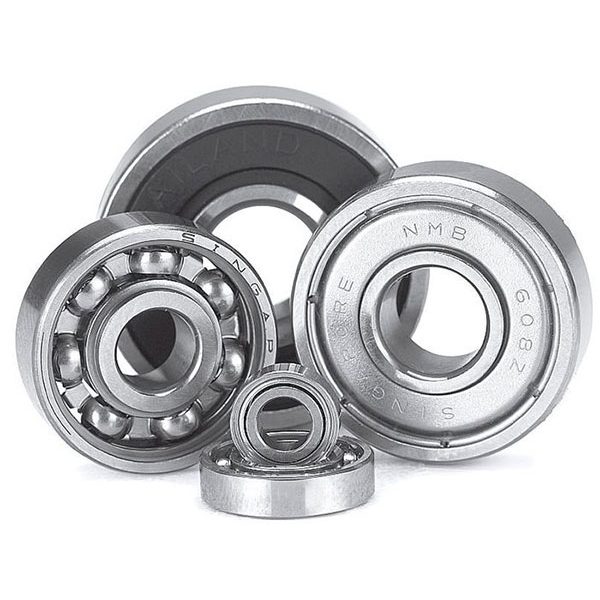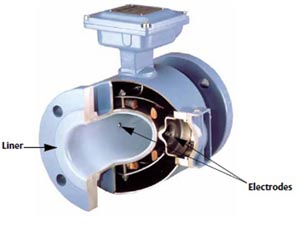There are two different options for measuring the flow rate of liquids or gases through a system. One is to use a volumetric measurement, which measures the actual volume of the liquid or the gas going through the system.
The other option is to use direct measurement. For liquids and gases, a thermal mass flow meter is an ideal option, providing precise, direct measurement across a wide range of applications. It is effective in that the measurement can be completed accurately even if there is a change in temperature, pressure, viscosity or density. With volumetric types of measurements, changes in these factors also affect the measurement, leading to inaccuracies with various process conditions and environmental factors.
Additionally, the choice of the thermal mass technology is ideal for low-pressure gas systems. Other types of flow meters are not designed to operate in these low-pressure environments and do not provide an accurate reading.
The Measurement Method
With the use of a thermal mass flow meter, a controlled amount of heat is added to the system, and the corresponding change in temperature within the stream of gas or liquid is measured.
The other option is to have a heated element in the flow of gas or liquid. This is maintained at a constant temperature with the amount of energy needed to maintain the temperature measured to determine the flow. Some systems are designed for the heated element to be outside of the pipe, which means easier installation, repair, and replacement as required.
With large capacity systems where there is a significantly high flow rate, a bypass system can also be used for the thermal mass flow meter. In these configurations, there is a small capillary tube off the main line where the measurement occurs. Typically, this option is only used in large pipes with high-pressure gas applications.



